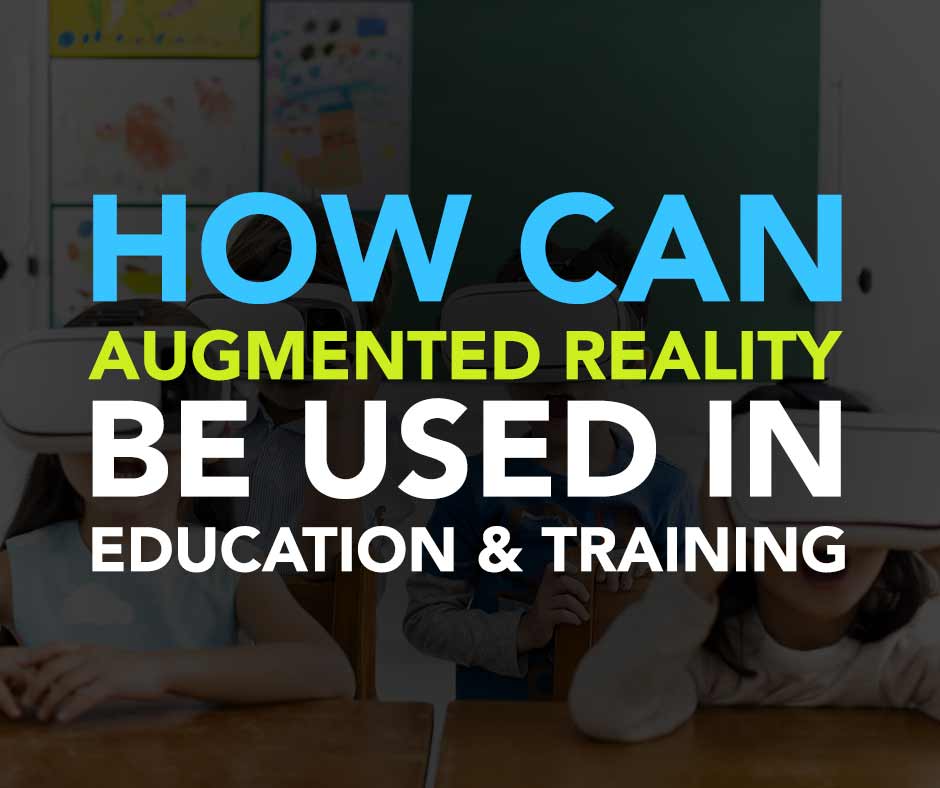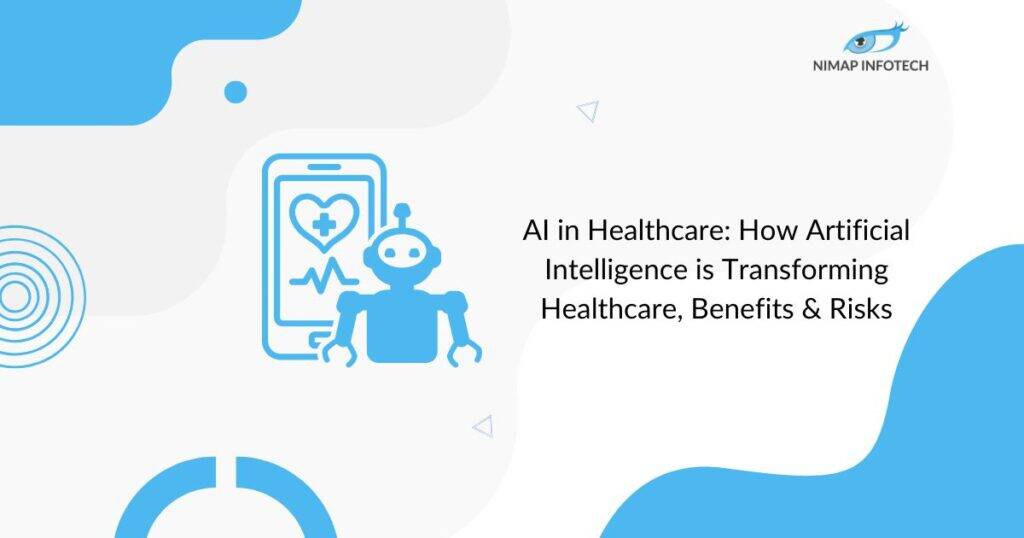Many of us are aware of games like Pokemon Go and what their capabilities are. We also know how AR works thanks to such type of games and snap chat. But the magic done by AR does not end there. AR is successfully being used in other fields such as education and military training, medicine and health care, etc.
In this article, we will have a look at some use cases where augmented reality is heavily used in the education and training fields. Let’s find out what AR brings to the learning experience.
Table of Contents
ToggleIndustries that use augmented reality for education and training
Today many industries are considering the use of AR solutions for enabling faster and much effective learning. Let us have a look at the use cases of augmented reality in education for the following fields.
1) Augmented Reality for classroom education
Using AR in any classroom education can easily turn a boring and dull lecture into an interactive and engaging lecture that can really benefit the students in their learning experience. As a result, the classes have become much more interactive and arouses the interest of the students.
AR helps the students to remember the information that they have just learned about the subject. We can review a few examples of augmented reality in the classroom and education.
Palaeontology:
There is an app called Dinosaur 4D+ that uses AR and a set of flashcards.Users of the app can scan the flashcards in order to see 3D dinosaurs. Students are able to see dinosaurs in action, rotate them, and zoom in and zoom out. The app is also designed to provide information about each dinosaur.
Read More: The 10 Real-World Examples Of Augmented Reality Technology
Chemistry:
Elements 4D uses AR technology for making the act of learning chemistry more fun, interactive and engaging. Students have to create paper cubes from special element blocks. Then they have to place the paper cubes in front of their device’s camera in order to see the chemical representation of the chemical elements, their names, and their atomic weights. For exploring the elements, students can bring together two cubes of different elements and see their chemical reactions in order to find out if they react with each other.
History and Science:
Google expeditions have been providing for both VR and AR tours that allow the teachers to use augmented reality in education. With the use of AR technology in mobile devices, users are able to bring 3D objects inside classrooms and then walk around to explore them.
These objects can be as immense such as tornadoes, volcanoes or even DNA and as simple as cars and bikes. Google Expeditions can cover various subjects and is able to offer more than 100 AR expeditions throughout the circulatory system, history of the technology as well as the moon landing.
2) Augmented Reality for Medical Education and Training
Medical students are able to improve both their knowledge and their skills by taking advantage of augmented reality and virtual reality. This might be the sort ore are several which inclue the follosowing:
Cr of human models that allows the medical students to learn anatomy in depth
Providing training opportunities for medical students using th help of simulators
Practising surgeries on virtual patients.
Human Anatomy Atlas is an app that allows students to explore the human body and understand how it works. The app is capable to show 3D models of the human body and enables students to rotate and interact with them. Human Anatomy Atlas provides more than 10000 anatomical models and presents information in 7 different languages. The app also provides a test bank for conducting quizzes in order to help the students to check and improve their language as well as knowledge.
Touch Surgery is an app based on health that specializes in providing surgical simulations.
Touch Surgery has collaborated with DAQRI, an AR company in order to launch an AR platform that lets users practice surgery on virtual patients.
Nowadays there have been many historical projects that have been created for medical education and training that makes use of the Microsoft HoloLens, mixed reality (MR) smart glasses. There is the HoloAnatomy app developed by Case Western Reserve University and the Cleveland Clinic. This app has helped medical students to learn anatomy by making use of their own bodies as medical holograms and mirror their movements.
Read More: Augmented Reality- The Driving Force Behind Todays Technology
3) Augmented Reality in the Space Industry
The space industry has always been the first to adopt advanced technologies. No wonder this industry has been exploring augmented reality. Technologies such as AR and MR can help the astronauts with daily tasks such as maintaining a space station. Using goggles, workers can receive visual work instructions without the need to refer to user manuals.
Nasa has already tested project Sidekick that makes the use of HoloLens to perform virtual instructions and illustrations in order to help crew members to perform complex tasks. This approach has the potential to reduce crew training requirements.
4) Augmented Reality for Military Training
While training plays a vital role in the military sector. It can not always feasible to put soldiers in a particular location for training purposes. Augmented reality technology can help to create an environment for training soldiers and allow them to get trained more often.
It also helps save traveling costs and minimizes the need for special equipment, as AR can add virtual objects. Although this is not a replacement for traditional military training, there are already systems that eliminate the need to travel to remote locations and help soldiers to train without putting them in danger.
Conclusion:
AR has been adopted by many industries and has been put to used to help people in learning and performing tasks easily. In the coming years, we will witness the boom of AR usage in virtually every field that uses computer simulation to learn and train users in their field.
If you’re looking for the best Augmented Reality developers for your project then drop us an email on enquiry@nimapinfotech.com
Author
-

Sagar Nagda is the Founder and Owner of Nimap Infotech, a leading IT outsourcing and project management company specializing in web and mobile app development. With an MBA from Bocconi University, Italy, and a Digital Marketing specialization from UCLA, Sagar blends business acumen with digital expertise. He has organically scaled Nimap Infotech, serving 500+ clients with over 1200 projects delivered.
View all posts








